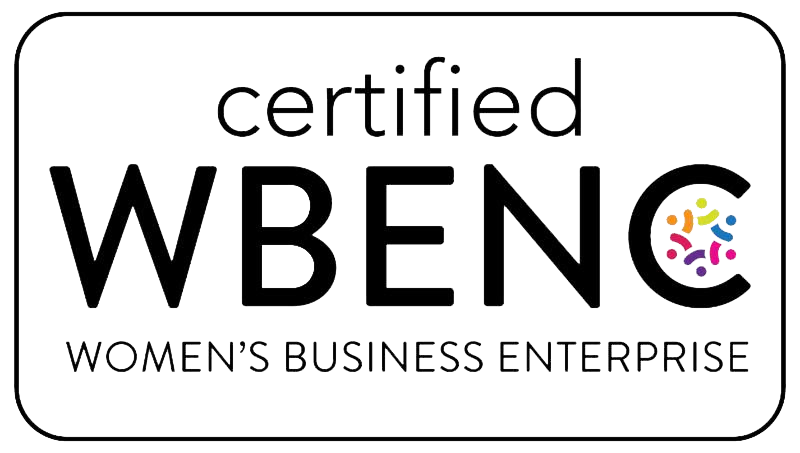"Wait... who are we now?"
That’s what the manager of a midsize public agency said during a leadership coaching session with us. Their team had just returned to the office after nearly three years of hybrid work. She expected excitement, reconnection, chatter, maybe even a happy hour. But instead, she found a quiet kitchen, polite check-ins, and a group of people who seemed... different.
Because they were.
The Team Had Changed
Since 2020, several younger staff members had gotten married, adopted pets, or started families. The once go-to crew for late-night happy hours now preferred to pick up their kids from daycare, head to the gym, or just get home before dark. Another cluster of employees had moved out to the suburbs (or beyond) during the height of remote work. Returning to the office now meant 90-minute commutes, train transfers, and added stress. They weren’t just less social, they were exhausted. And many newer employees had never experienced the “old culture” at all. To them, there was no before, just the awkward now.
The result? A well-meaning, talented group of people working side by side… but not exactly working together.
Culture Doesn’t Rebuild Itself
Here’s the truth: Team culture isn’t what it used to be. And trying to go back to “how things were” is a guaranteed way to frustrate the very people you’re trying to re-engage.
Instead, organizations need to build a new culture that reflects who the team is now, their needs, boundaries, work styles, and rhythms.
Strategies to Rebuild Hybrid Team Culture
At MYCA, we support clients across sectors in re-establishing culture with intention. Here are some of the best approaches we’ve seen:
1. Team Culture Reboot Workshops
Create a safe space to ask:
- What do we value now as a team?
- What’s no longer working for us?
- What rituals or habits can we refresher let go of?
We help develop and facilitate these sessions to realign expectations and co-create a shared purpose.
2. Flexible Touchpoints Over Forced Fun
Recognize that not everyone wants to bond over happy hours anymore and that’s okay. Try:
- Morning “first sip” coffee chats
- Optional walk-and-talk meetings
- Slack channels for non-work topics (recipes, pets, new parents)
These micro-connections build culture without pressure.
3. Recenter on Inclusion and Equity
Hybrid work can unintentionally exclude:
- Remote employees who miss hallway conversations
- Caregivers who can't stay late
- Junior staff who feel invisible without visibility
We build training and tools to help supervisors lead equitably making space for all voices and ensuring all team members feel connected, even when they’re not physically present.
4. Measure What Matters Now
You don’t need to track hours in seats. Track:
- Team engagement
- Shared decision-making
- Communication effectiveness
- Belonging and safety
Culture is how people feel, not what time they badge in.
It’s Not About Going Back—It’s About Going Forward
Your team has changed. That’s not a loss, it’s an opportunity. With the right conversations, tools, and leadership, you can build a culture that works for who your team is today, not who they used to be.


